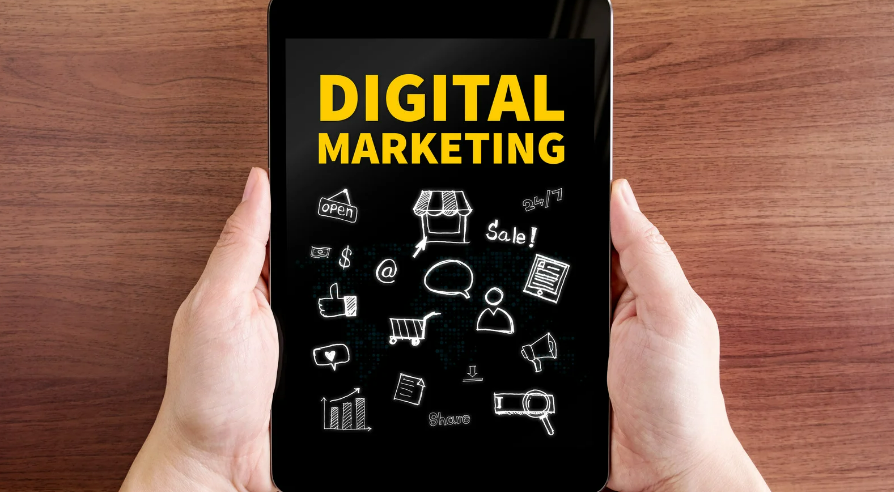When we just started making products, startups tend to focus their full effort on functioning. They want to impress people. They want to show them that they have done their homework. So, the first version is packed with as many tools and buttons as possible and usually founders expect someone to say, “Wow, this is amazing.” But the majority of early adopters don’t care how much they can do with your product. Let startup companies explore how to earn early users – show that they are really heard, not too packed with features.
Why “Feeling Seen” Is the Real MVP
Many early adopters are not strangers on the Internet. They’re friends, friends of friends, or someone who found your idea in a Slack group or newsletter. These people are challenging something new. That means there’s social and emotional risk involved.
They’re not just trying your product. They are betting on you.
So, what are they seeking in return?
- Feeling like an insider, not a subject.
- Feeling like a real person, not the number of users on the dashboard.
- Knowing that their feedback is important, not just accepting it, but acting on it.
Early adopters stay longer if they feel they are being seen and appreciated. This emotional connection is more important than the list of functions. And it will pay off. Startups like OnlyMonster (onlymonster.ai/creators) build strong relationships with users by putting emotional feedback at the center of the process. Interact with users instead of guessing what they want. Create with users. You may even name a user for product updates. That is what makes people interested.
How to Make Early Users Feel Seen
You don’t need a huge team or advanced tools to give your early users a good experience. What is needed is honesty, effort and clear communication.

Here are some practical ways to do that.
Personalized Onboarding Messages
Writing personal welcome notes is very helpful, even if it takes time. One can discern whether the message is real or automated. “Hello, Alex, thank you for registering.”
Respond to Feedback with Visible Action
If you get feedback from someone, please give a meaningful reply. Instead of saying”Thank you for your suggestion”, show that we take it seriously:
- “That’s great feedback — we’re testing that next week.”
- “Funny timing — we’re working on that right now!”
By doing this, users can show that they are part of something that is moving forward.
Mention Users in Updates
If someone has given you a good idea, thank you publicly. It may be a tweet, or email praise. For example: “Dark mode has been added. Thank you to Jane for suggesting! “
This not only makes Jane feel good, but also makes others think, “I’m going to send an idea too.”
Early Access Perks and Co-Creation
Give early users special access. Let them try the new feature first. Let them vote on what to make next. Instead of giving them power, they feel that they are part of the process. Co-creation turns users into team members.
Write Like a Human
Avoid boring jargon. Use simple words. Warm and clear. No one likes software that speaks like robots. Write both UI and email as you talk to real people.
Ask Small Before Big
Before asking users for long feedback surveys or product reviews, start with small things. For example: “Can you give me a word about what was good or not?”
Small questions are easily felt. If the user reacts, you can follow up further.
Use Emotional Design Cues
A good design is not just a look. The way things feel is also important. Use colors, messages and streams that show respect, warmth and curiosity. For example, if someone makes a mistake, display a friendly message rather than a cold red error.
Build a Culture Around Feedback
Create an environment where feedback is not a favor but a natural part of the product. Publish a roadmap. Share how your ideas work. A product like OnlyMonster is a good example of a startup that invites users to the process rather than shut them down.
Signals That You’re Losing Emotional Trust
It is sometimes unclear that the early users will move away. The product may still be available. You may still be sending an email. But emotionally, they may already be separated. Here are the signs:
Low Response to Messages
If the user no longer responds to onboarding emails, support messages, or check-ins, it may be an obvious sign of emotional withdrawal. This does not necessarily mean that they are unhappy with your product. Silence often means indifference. Emotional trust promotes conversation, so if a user ignores your message, it’s time to reconsider how you are building relationships, not just providing features.
Empty Feature Requests
The backlog overflowing with insensitive function requests like “I want you to make more [competitors]” is a signal that users are checking out emotionally. They are not looking for innovation or thoughtful improvement, but for imitating someone.

This kind of feedback usually comes from people who are not empathetic to your product. It suggests that they are passively using your services while actively evaluating alternatives.
Ghost Signups
If a user signs up, looks around, and never returns again, it is hardly due to bugs or lack of functionality. In many cases, it was because your product did not give a reason to interest the user. The welcome experience may not have been able to convey relevance, value and individuality. People want to feel that they are being seen, not just sold. If you do not feel or understand the importance of the first contact, even if the core product is functional, they will soon abandon it. .
Generic Feedback
The confusing reply, “it’s okay,” sounds far from deep defection. Such irregular feedback is generally a defense system. People do not risk being honest unless they feel emotional safety or value. Building emotional trust means creating an environment where users can share their true thoughts (positive or negative) with confidence. If there is no depth in feedback, it is likely that the user does not think that their voice is important or is afraid that their opinion is not welcomed.
Final Thoughts
Acquiring an initial user is not a matter of an exclusive feature in the product. Users are more likely to stay on the spot, give real feedback, and share your products with others if they feel they have listened, seen, and put them in. Emotional connections always exceed complexity. Talk to users over time, listen to their opinions, and start-ups that treat them like partners rather than just testers grow stronger and faster.



